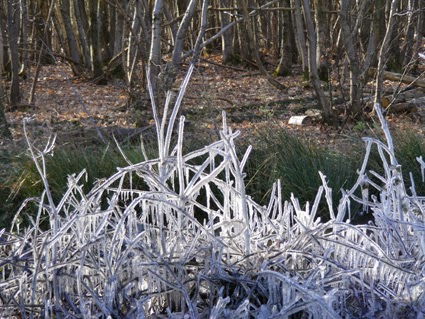Well, no, despite all that you may have read in the press, it is not really the centenary of the British passport but it is one hundred years this month that the UK introduced its first passport which had been specifically designed to carry a photograph.
 |
British passport issued 1846 and signed by the Foreign
Secretary, Lord Palmerston. It is written in French
and the only description of the bearer is
'Gentilhomme Anglais'. |
Throughout the 19c the British passport was a single sheet of paper, issued by the Foreign Office in London.
It was a pre-printed form and the text was in French until 1851 when it was changed to English (with no French translation!). Every passport was signed by the Foreign Secretary until 1857 when the increased demand for documents made it necessary to print the signature in facsimile.
Astonishingly, Great Britain was the only country to not provide a description of the holder on its passports. Whilst in 1800 the lowliest French farm worker wanting to walk ten kilometres down the road needed a passport that described him down to the colour of his eyebrows and the shape of his chin, a century later, a British national could still travel abroad with a passport which described him simply as 'a British subject.'
In 1835 Belgium tried to make Great Britain add a 'proper' description of the holder to its passports in line with all the other countries of the world but the British Foreign Secretary who was in charge of passport issue, Lord Palmerston, declared that the idea of passports was wholly repugnant to the British and whilst he was Foreign Secretary no British passport would carry a description.
 |
This British passport was issued in 1914 but in
order to travel, the holder was obliged to send
it back to the Passport Office the following year
to have his description officially added. |
All this changed with the outbreak of the Great War in 1914. When we started to unmask German spies using misappropriated passports, it was hurriedly decided to add a full description of the holder to British passports and a large rubber stamp was employed to endorse the necessary grid.
 |
Photograph attached to a British
passport, January 1915. |
And for the first time, a photograph was required.
The passport then in use had not been designed to carry a photograph and so space had to be found somewhere on the margin.
And no rules were made about how the photograph should be posed. The photograph below is from the passport illustrated right. It was originally a family snapshot. You can clearly see the left arm of a person who has been cut off.
This ad hoc arrangement was not intended to last forever and on 1st. February 1915, Britain introduced its first passport designed to carry a photograph.
It was a large sheet of pink printed paper which folded into blue cardboard covers. It now had a proper 'description' page, and space for renewals and visa endorsements.
It lasted six years before it was replaced in 1921 by the first British booklet passport.
 |
The first British passport designed to carry a photograph was introduced in February 1915.
One hundred years ago. |
If you find the subject of passports fascinating, I can recommend these two books:
The Passport,
The History of Man's Most Travelled Document.
Neither Civil nor Servant,
Twenty four years in the Immigration Service.
I wrote both of them!
 Easier said than done. The pavement that I was following just ran into the road. I could cross the road if I wished, but I did not wish, because the Park & Ride is on this side of the road.
Easier said than done. The pavement that I was following just ran into the road. I could cross the road if I wished, but I did not wish, because the Park & Ride is on this side of the road.












